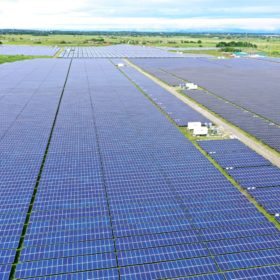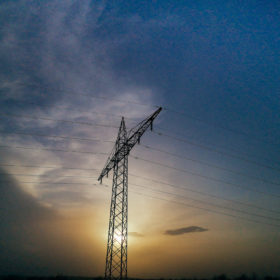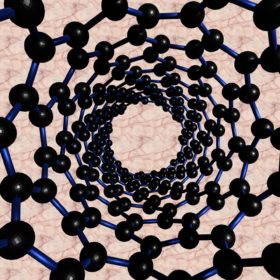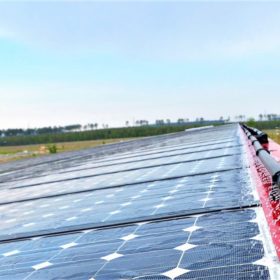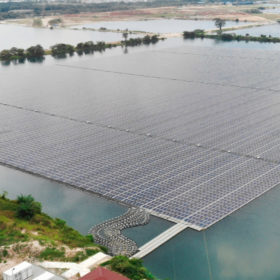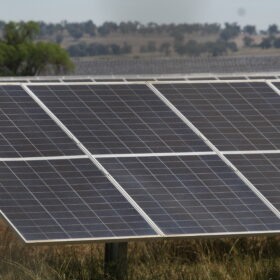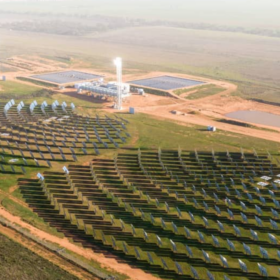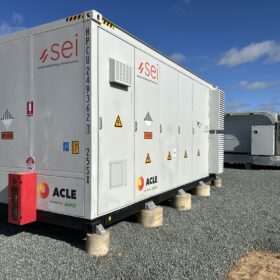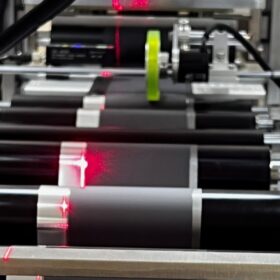Philippines to host 1 GW of solar under PPAs
Solar Philippines is planning to deploy several unsubsidised solar plants in the provinces of Batangas, Cavite, Nueva Ecija, and Tarlac.
Ever heard of photovoltatronics, the new frontier of solar in urban environments?
Scientists in the Netherlands are planning to build intelligent PV devices for energy and information applications. Their intention is to make this approach a new field of PV research, whose ultimate goal is enabling solar cells to communicate with each other and with other devices, ensuring that all the generated energy ends up exactly where it’s needed, especially in the urban environment.
Large-scale PV plant planning for weak power grids
Researchers in New Zealand have developed a new methodology for solar park planning that considers clear-sky radiation for voltage stability analysis. It is based on two different generation profiles for separate purposes.
Mounting structure for balcony solar modules
South Korean manufacturer Clenergy has unveiled a new mounting solution for PV panels installed in balconies. The structure is adjustable to different types of commonly-sized balconies with metal railings.
Carbon nanotubes in search of a solar niche
A group of German scientists has analyzed the possible trajectory of carbon nanotubes (CNTs) in photovoltaic research and industry and has suggested a roadmap to bring this technology closer to mass production. Despite a large number of challenges, the academics predicted a brilliant future for CNTs in PV applications, explaining that the barriers to their adoption are constantly being reduced.
Long-term assessment of PV panel degradation under hot, humid tropical climates
A Dutch-Hungarian research team has measured, for 12 years, the degradation rates of PV modules installed in an off-grid system located in Ghana. It found that the panels had an average annual decline in power yield of 3.19%.
Solar-powered cooling system for crop storage
South African scientists have used a PV system to keep tomatoes in cold storage. They linked an air-cooling system and evaporative cooling tech to a 3.5 kW array and 12 batteries and tested it for 28 days in September.
Methods to cool PV modules reviewed in new paper
An international research team has analyzed all existing cooling technologies for PV panels and has indicated the current best options and future trends of research. According to its findings, active water cooling, although expensive and not particularly practical, is the most effective cooling technique while passive cooling systems, despite being easy to apply, have still limited possibilities.
Floating solar plant with LCOE of $0.051/kWh comes online in Malaysia
The 13 MW array was deployed in the Selangor state on the west coast of Peninsular Malaysia. The plant is selling power to local utility TNB under a 21-year PPA. The project’s levelized cost of energy is MYR 0.21608 ($0.051).
Nobel Prize-winning auction geniuses want to apply their findings to renewables
Stanford professors Paul R. Milgrom and Robert B. Wilson were awarded the 2020 Nobel Prize in economics for developing a new auction theory and new auction formats for goods and services. Their findings were already successfully used in the electricity energy sector and may now meet the challenge on how to better shape clean energy procurements.

